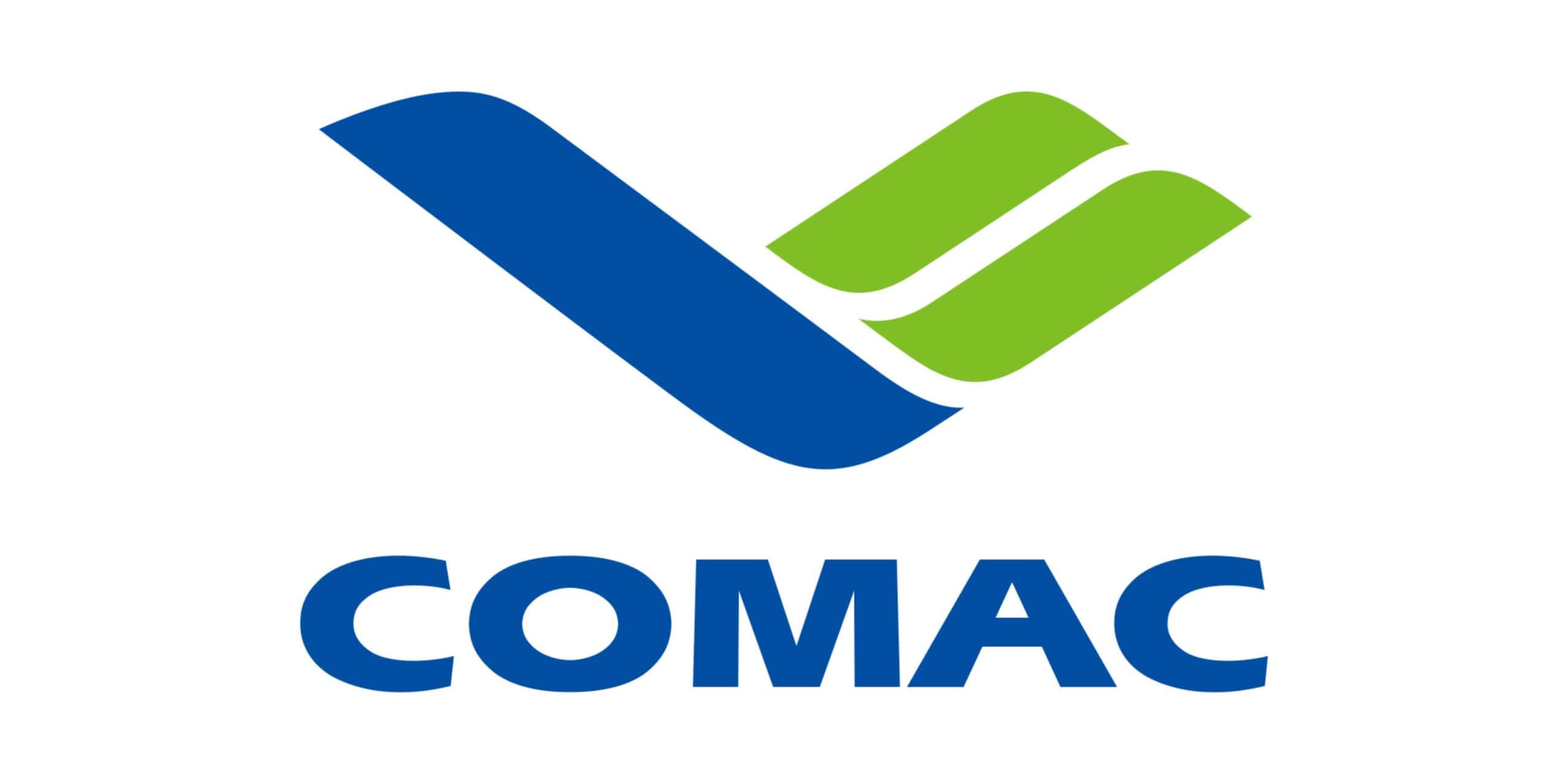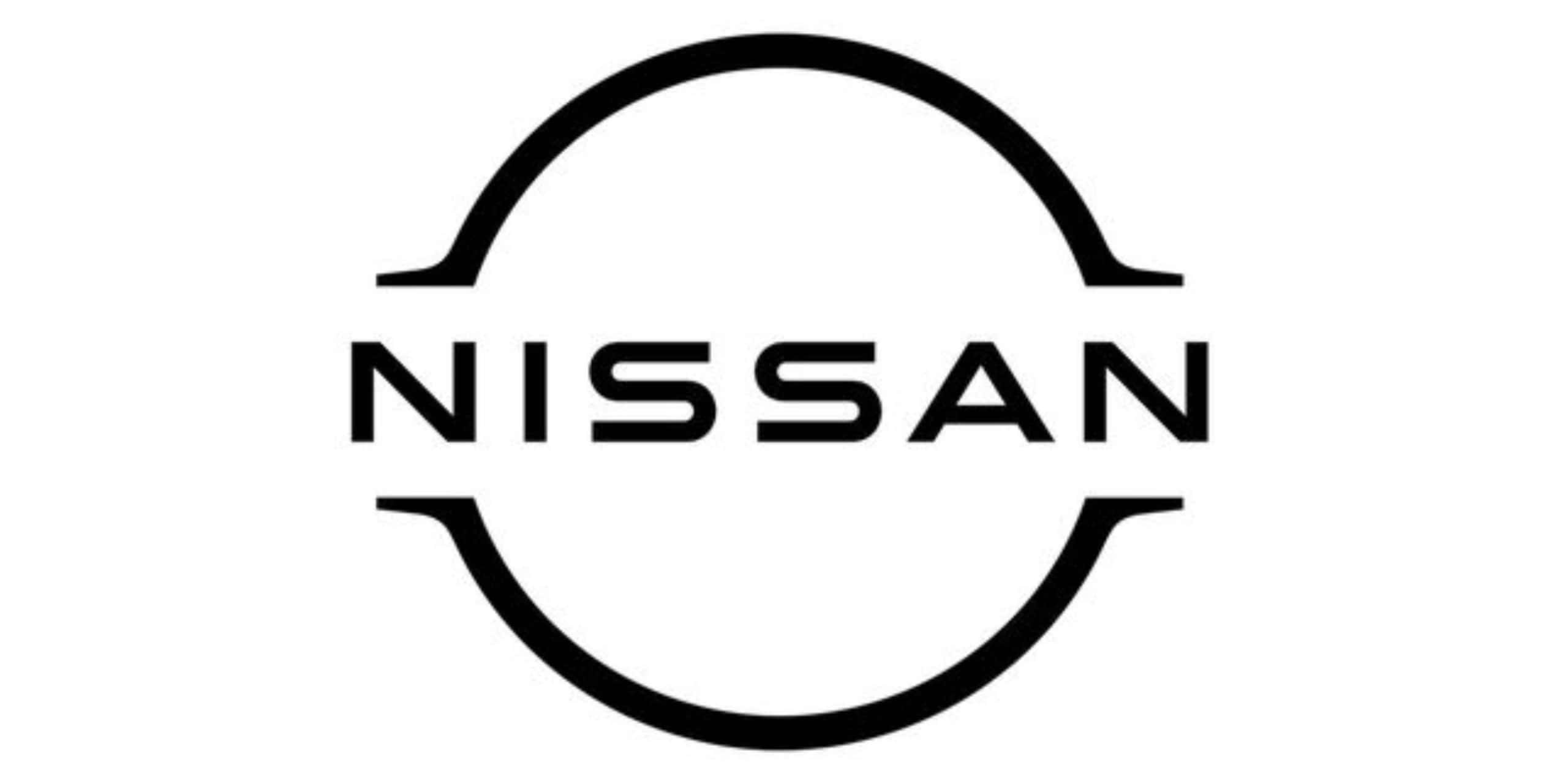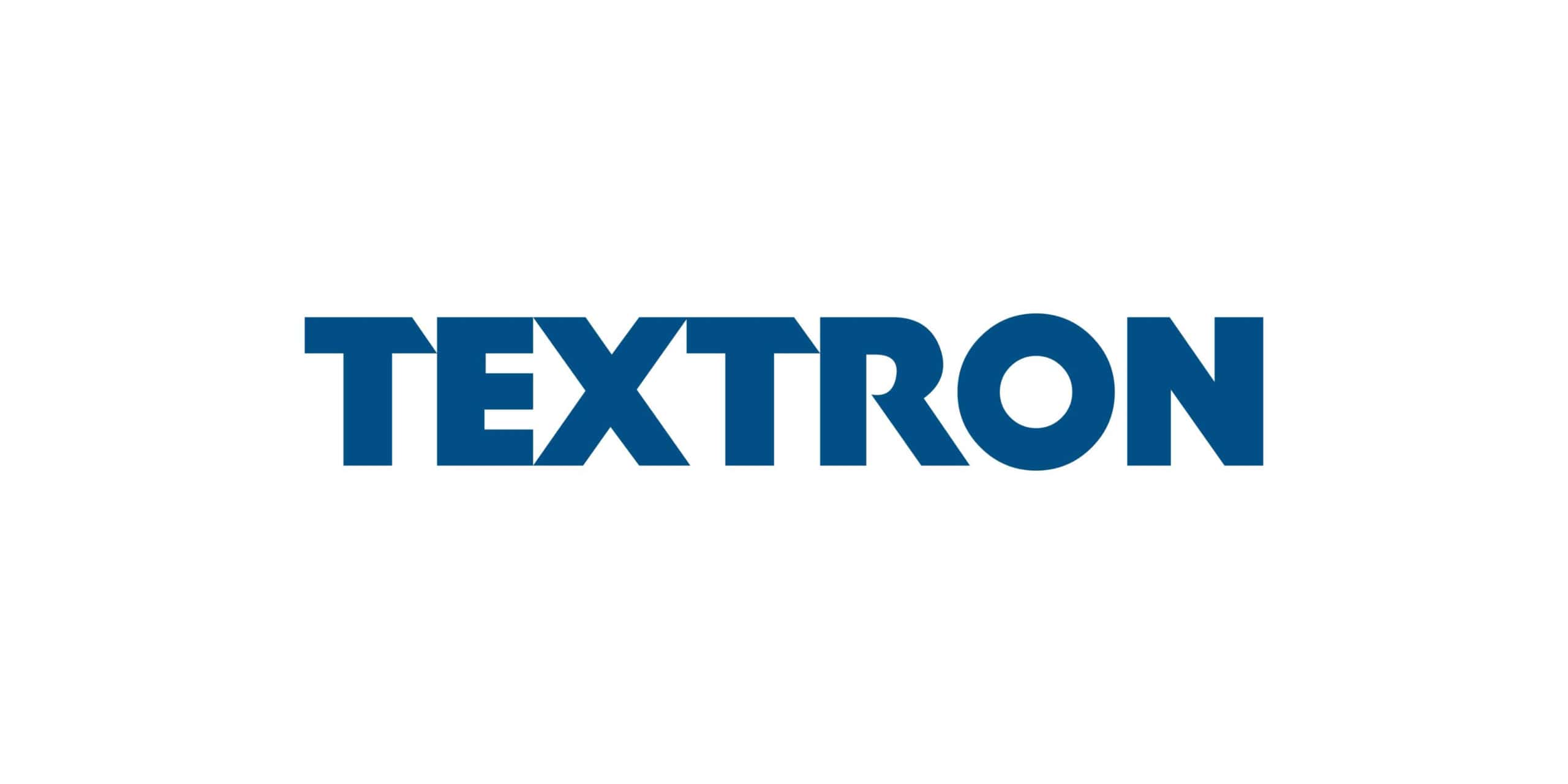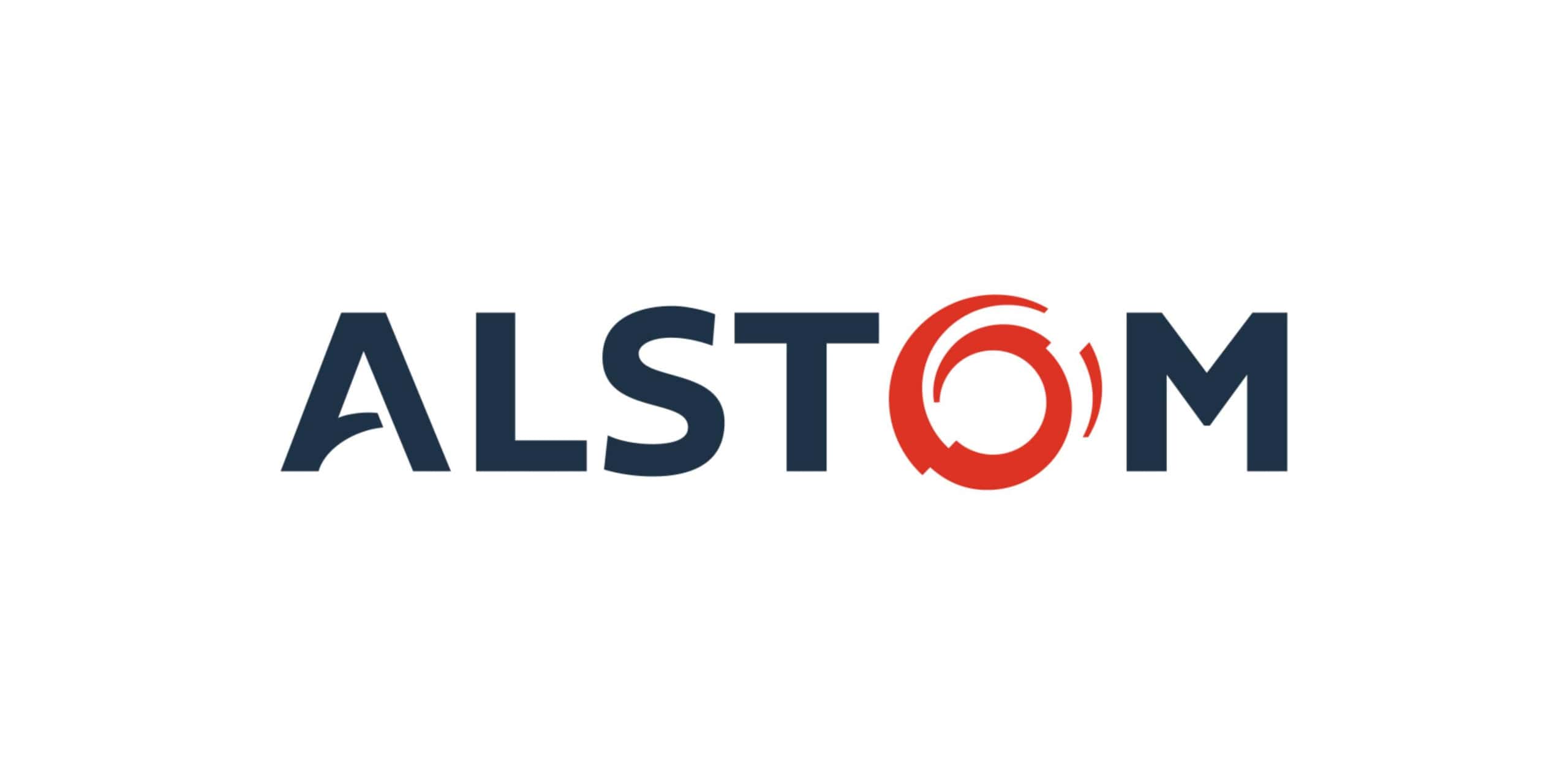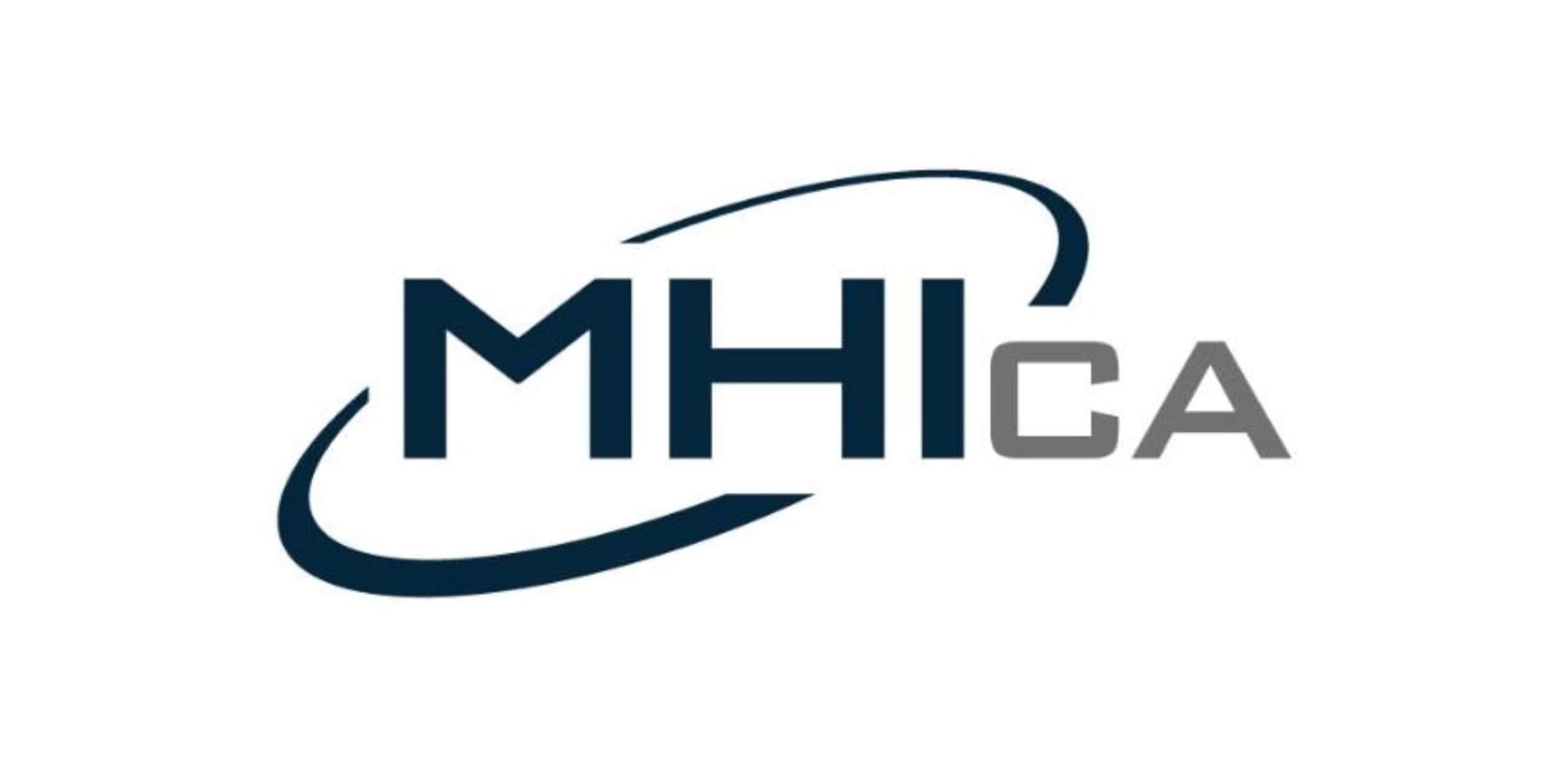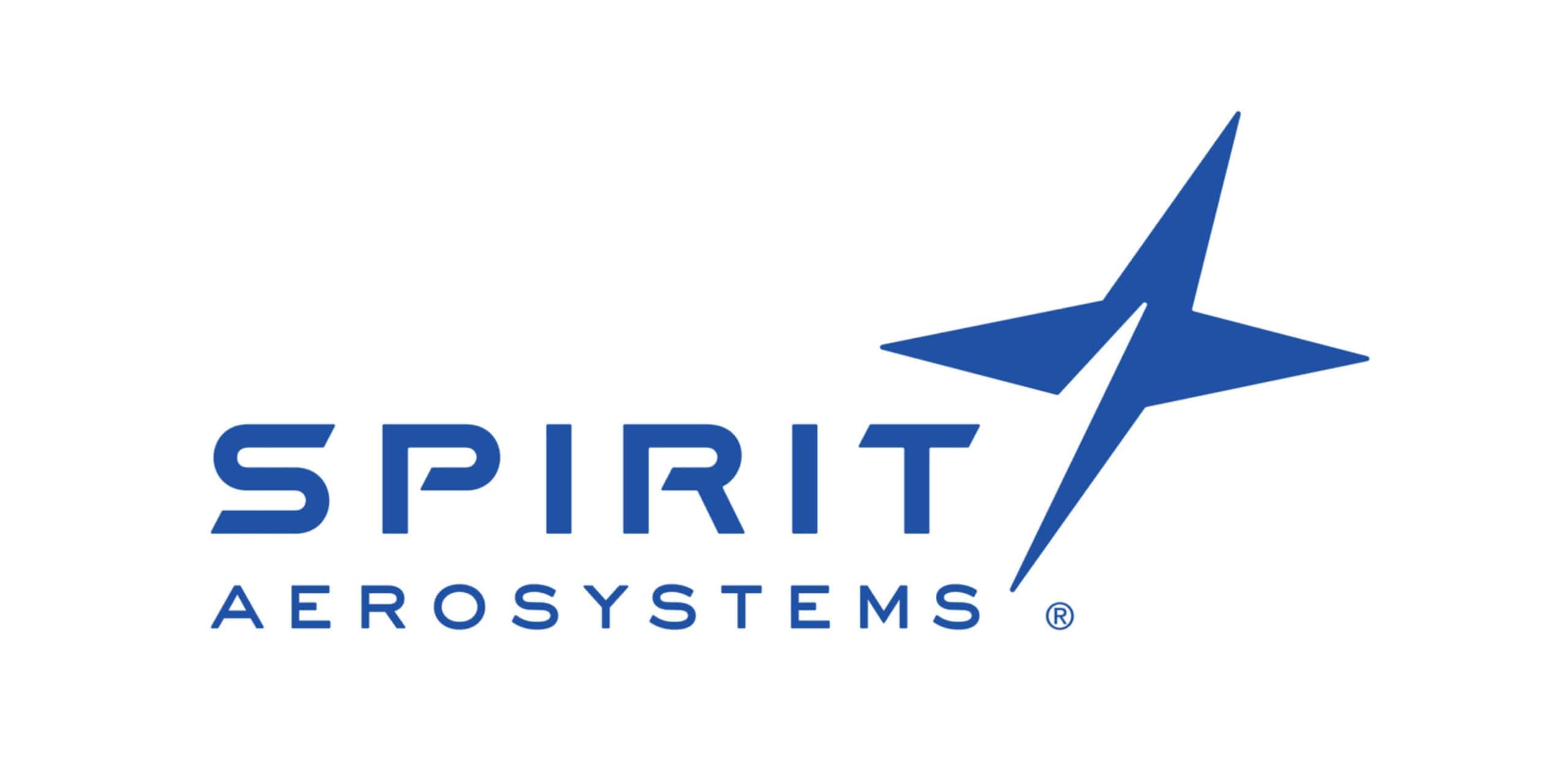Reshoring: Why is it being Considered today, and What Does it Involve?
Reshoring, also known as onshoring or inshoring, is the strategic process where companies bring manufacturing operations and production facilities back to their home country after previously moving them overseas. It contrasts with offshoring, which involves relocating manufacturing processes abroad, often to reduce labor and operational costs.
Another related strategy is nearshoring, where operations are moved to nearby countries, such as U.S. companies moving production to Mexico or Canada, aiming for a balance between cost savings and logistical convenience. In 2025, reshoring is no longer a niche concept but a growing movement as businesses re-evaluate global supply chain strategies.

Why Companies Consider Reshoring?
After decades where offshoring was often the default strategy for cost reduction, particularly leveraging lower labor costs in regions like Asia, the global landscape has shifted, making reshoring increasingly attractive and sometimes necessary. Several converging factors are driving this trend:
Geopolitical Uncertainty and Trade Regulations
Trade tensions and geopolitical instability have made complex global supply chains more vulnerable. The implementation of significant tariffs on global imports, including potential universal tariffs and specific high rates for goods from certain countries and product categories like automobiles, has fundamentally altered cost calculations for manufacturers.
Companies previously benefiting from overseas production now face higher import duties and compliance costs, making domestic production more appealing. The threat of tariffs, even before implementation, can influence company decisions.
Supply Chain Resilience and Risk Mitigation
Recent global disruptions have caused the vulnerabilities of extended supply chains. Events ranging from pandemics to geopolitical conflicts and logistical bottlenecks like port congestion have highlighted the risks associated with distant manufacturing hubs.
According to MEP National Network, companies are increasingly prioritizing supply chain stability and resilience over pure cost savings. Reshoring or nearshoring brings operations closer to home, reducing reliance on complex international networks and allowing businesses to manage risks, maintain control, and improve responsiveness.
Rising Overseas Costs
The cost advantages of offshoring are diminishing. Labor costs in traditionally low-cost manufacturing hubs have been rising. Coupled with increasing international transportation costs and volatility, the financial benefits of distant production are shrinking. Reshoring can lead to greater cost predictability, as domestic manufacturers may face fewer tariff challenges and more stable shipping costs within the home country.
Demand for Speed and Agility
Consumers increasingly expect shorter lead times and faster delivery, driven partly by the efficiency of e-commerce. Reshoring shortens the physical distance products must travel, significantly reducing shipping times and the potential for delays.
Therefore, this allows organizations to respond efficiently and quickly to market demands. At the same time, companies can react adequately to changing customer expectations, which is a key component of an agile supply chain strategy. Agility, the ability to respond rapidly and cost-effectively to disruptions, is becoming a major differentiator.
Technological Advancements
Progress in automation, robotics, AI, and IoT is making domestic manufacturing more economically viable. Automation reduces the dependency on low-cost labor, mitigating one of the primary drivers of offshoring.
Investments in these technologies can improve efficiency, responsiveness, and resilience, enabling the development of more autonomous supply chains with less human intervention required for certain operations. Highly automated production processes have enabled companies to reshore even to high-labor-cost countries.

Government Incentives
Governments, particularly in the U.S., have introduced policies to encourage domestic manufacturing. Legislation like the 2022 CHIPS and Science Act, which provides subsidies for semiconductor manufacturing, and the 2022 Inflation Reduction Act, which offers tax credits for clean energy production, aims to make reshoring financially attractive. These incentives support the “Made in America” movement and goals of economic security.
Emphasis on Quality Control
Overseas manufacturing, sometimes focused heavily on cost reduction, can lead to quality issues due to cheaper materials, labor, or less stringent processes. Reshoring allows companies greater oversight and control over the production process, making it easier to enforce quality standards and protocols. Proximity facilitates better communication with production teams, quicker problem resolution, and, ultimately, higher-quality products that meet consumer expectations.
Sustainability and Environmental Concerns
Reshoring aligns with growing trends toward sustainability and Environmental, Social, and Governance (ESG) practices. Shorter transportation distances can reduce the carbon footprint associated with logistics. Bringing production closer to home decreases the energy required to move goods, contributing to greener transit and more sustainable operations.
Consumer Preferences
There is often a consumer preference for locally manufactured goods. Products labeled “Made Locally” can enhance brand quality and reputation as well as appeal to consumers concerned with quality, supporting the domestic economy and ethical production.

The Benefits of Reshoring
Bringing manufacturing operations back to the home country offers numerous advantages beyond simply mitigating risks:
- Improved Product Quality: Closer oversight and adherence to domestic quality standards lead to higher-quality products and increased customer satisfaction.
- Shorter Lead Times and Faster Delivery: Reduced transit distances mean products reach distributors and consumers much faster, minimizing delays and satisfying demand for speed.
- Reduced Costs and Greater Predictability: Lower shipping expenses, elimination of tariffs, and more predictable pricing structures.
- Enhanced Control Over Production: Direct control over manufacturing processes, quality standards, and intellectual property protection.
- Simplified Supply Chains: Less complexity with logistics and customs enhances efficiency and transparency.
- Improved Communication: Working within the same country reduces language and time zone barriers.
- Access to Skilled Workforce: Taps into domestic skilled labor and expert management.
- Economic Contribution and Job Creation: Boosts the local economy and supports community development.
- Increased Agility and Responsiveness: Companies can adapt faster to changing market demands.
- Reduced Environmental Footprint: Shorter transport distances reduce emissions.
- Strengthened Brand Reputation: Emphasizing domestic production enhances customer loyalty and brand image.

Challenges and Considerations
Despite its many advantages, reshoring isn’t without challenges. Companies face:
- Skilled labor shortages: A major hurdle in filling manufacturing jobs domestically.
- Higher labor costs: Compared to traditional offshore manufacturing.
- Rebuilding supply chains: Vetting and finding domestic suppliers takes time and resources.
- Capital investment: Setting up or upgrading facilities requires significant funding, especially in automation and new technologies.
- Transition risks: Moving production can disrupt supply chains temporarily without careful planning.

How to Implement a Reshoring Strategy?
Steps for a successful reshoring transition:
- Strategic Evaluation: Assess feasibility using tools like Total Cost of Ownership (TCO) calculators.
- Supplier Identification: Scout and partner with reliable domestic suppliers.
- Roadmap Development: Create a clear action plan to minimize disruptions.
- Technology Investment: Leverage automation, AI, and digital manufacturing technologies.
- Workforce Development: Invest in training programs to close the skills gap.
- Building Partnerships: Develop strong ties with domestic suppliers and partners.
Resources like the MEP National Network are available to assist small and medium manufacturers (SMMs) in the reshoring process.

Examples of Reshoring
Companies successfully reshoring operations include:
- Brooks Brothers: Brought suit, shirt, and tie manufacturing back to U.S. factories.
- Element Electronics: Reshored TV production from China to South Carolina.
- Apple: Moved some computer manufacturing back to the U.S.
- GE: Shifted appliance manufacturing back to Kentucky.
- Ford: Reshored some aspects of production.
- Ypsomed: Reshored insulin pen production from Mexico to Switzerland with automation.
- Sennheiser: Moved some production from China to Romania.
- Kemppi Oy: Returned production from India to Finland.
- Gtech: Shifted vacuum cleaner manufacturing back to the UK.
- Samsung & LG Electronics: Exploring moving appliance production to the U.S.
- Natura: Reshored production from Asia to Brazil with a focus on sustainability.
Final Words about Reshoring
The reshoring trend is set to remain strong into 2025 and beyond, driven by ongoing geopolitical risks, supply chain demands, technological innovations, and changing global economics. Companies are expected to continue investing in local manufacturing as part of a long-term strategic shift.














